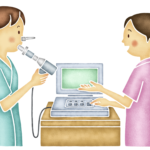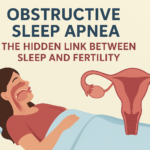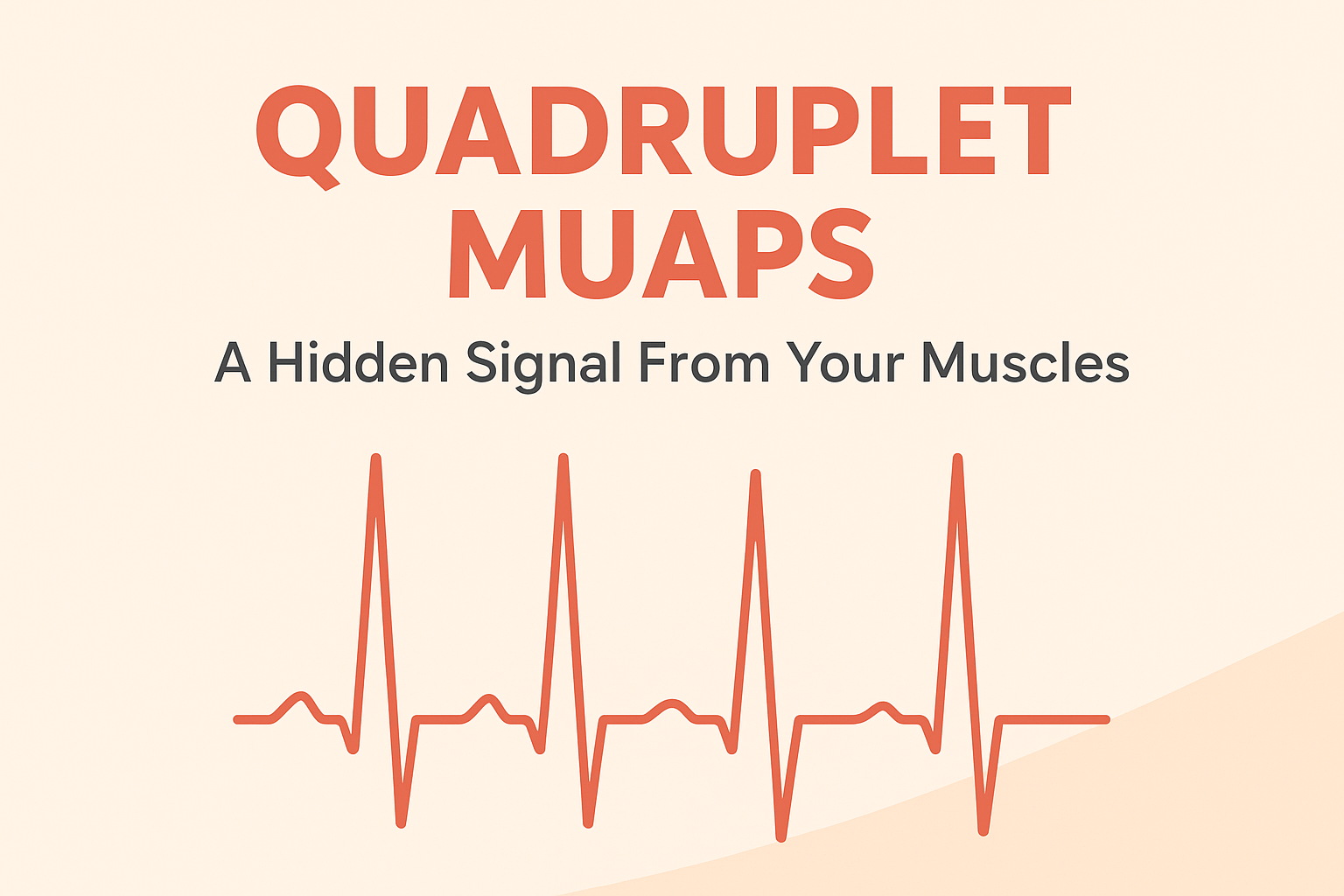11th April 2023, Dr.Manvir Bhatia, Ananya

Trigeminal neuralgia(TN) is a condition that causes intense pain in one side of the face such that it can disrupt normal activities. It is also known as tic douloureaux. This intense electric shock-like pain is caused mostly by the neurovascular compression of the trigeminal nerve. It is more common in women and in the elderly population.
Trigeminal nerve:
It is one set of cranial nerves and is responsible for providing sensations in the face. One nerve runs to the right side of the face and the other one to the left side. Each of these nerves divides into three distinct branches, namely:
Ophthalmic nerve(V1): It is the first branch and it controls sensation in the eye, upper eyelid, and forehead.
Mandibular nerve(V2): It is the second branch and it controls the sensation of the cheek, nostril, lower eyelid, upper lip, and upper gum.
Maxillary nerve(V3): It is the third branch that controls the sensation of the lower gum, lower lip, jaw, and some of the muscles used for chewing.
Cause :
Based on the causes of TN, there are two types of trigeminal neuralgia:
Primary TN – It occurs due to the compression of the nerve at the base where the brain meets the spinal cord mostly because of contact between a healthy artery or vein and the trigeminal nerve.
Secondary TN – It is caused by pressure caused by a tumor, multiple sclerosis, cyst, facial injury, or any other medical condition on the trigeminal nerve thereby damaging its myelin sheath.
Symptoms:
Usually, patients have reported that the pain arises spontaneously out of nowhere. Most often, the pain is first experienced in the upper or lower jaw. Hence, many misinterpret it to be a dental abscess.
On the basis of pain, TN is classified into two types:
Type 1 (TN1) – Intensely sporadic and throbbing pain around the eyes, nose, lips, forehead, jaw, and scalp. As it gets worse, the frequency of episodes of pain becomes more frequent and even more intense.
Type 2 (TN2) – It may be less intense than TN1 and occurs as constant burning or aching.
The symptoms of TN mostly run in cycles. Individuals suffering from pain often as long stretches of frequent attacks which are followed by a period when pain is not at all experienced. This period can range from a week to months or years. Usually, with time, the frequency and intensity of the attacks increase with a reduction in the pain-free duration. The pain generally begins as a sensation of an electric shock and proceeds to end in an excruciating stabbing pain in less than 20 seconds. It often leaves the patient with uncontrollable facial twitching. The pain can be focused on one spot or can spread throughout the face. It generally occurs on one side of the face but in case it is associated with multiple sclerosis, it may occur on both sides of the face.
Simple, regular actions like shaving, brushing, blowing the nose, smiling, touching the skin gently, etc. can act as a trigger for the pain. There are many other pain disorders that mimic the pain of TN. Trigeminal neuropathic pain (TNP) is the most common.
Diagnosis:
Neurological examination :
The doctor touches parts of the face to figure out the point where the pain is exactly originating. In the case of TN, the branches of the trigeminal nerve will be affected. Reflex tests are also conducted to determine if the pain is caused by compressed nerves.
Magnetic Resonance Imaging :
MRI of the brain is done to detect if multiple sclerosis or a tumor is the cause of TN. In some cases, a dye is also injected into the blood vessels to view them easily and also highlight the blood flow.
Usually, TN is diagnosed based on the basis of the description of the symptoms the patients provide, the detailed medical history of the patient, and clinical evaluation. Due to the absence of specific diagnostic methods, doctors have to largely depend on symptoms and history.
Treatment
The treatment of TN begins with medications which include anticonvulsants (usually carbamazepine) are very effective in treating this condition. Antispasmodic agents are muscle relaxants which include baclofen. These may either be used in combination with anticonvulsants or alone. The side effects of both these medications include nausea, drowsiness, confusion, and dizziness. There might also be serious drug reactions in some people. According to a review by Rubis and Juodzbalys, published in the Journal of Oral and Maxillofacial Research(2020), botox (botulinum toxin type A) is effective and safe in the management of TN. The maximum efficacy is observed around three to six weeks after the procedure. The side effects of Botox include headaches, hematoma, and facial asymmetry which last for about a week.
In case the medications do not work, two types of surgical procedures are followed:
Open cranial surgery – This is performed when the MRI reports show that there is pressure on the trigeminal nerve from some adjoining blood vessels. This removes the root cause of the pain.
Lesioning procedures – These are surgical interventions in which the trigeminal nerve is injured on purpose so that the pain is not delivered to the pain. This is a temporary solution and may lead to numbness of the face.
Neuropathic pain and sleep disruption have a bidirectional relationship. About 50 to 80% of patients with neuropathic pain tend to get disturbed sleep. In a study by Devor et al., two-thirds of individuals suffering from trigeminal neuralgia reported occasional awakenings due to slight pain stimuli at the trigger points. Pain related awakening was reported by 22.6% of them. Hence, it is important that both conditions are treated concurrently and the focus is not only on treating the pain as reducing sleep disturbance decreases the intensity of pain.
Hence, we conclude that the excruciating, intense pain experienced in trigeminal neuralgia needs to be addressed with utmost care. It becomes difficult to live with it and tends to adversely affect a person’s productivity at work, at home, and also in social interactions. It is important to engage with support groups where one can share their treatment options and how they cope with their day-to-day activities. The patient can also help himself by keeping a track of the triggers and symptoms experienced. This can be of great help to his healthcare provider as he can devise a better treatment plan.
References:
Devor, M., Wood, I., Sharav, Y., & Zakrzewska, J. M. (2008). Trigeminal neuralgia during sleep. Pain practice: the official journal of World Institute of Pain, 8(4), 263–268. https://doi.org/10.1111/j.1533-2500.2008.00214.x
Rubis, A., & Juodzbalys, G. (2020). The Use of Botulinum Toxin A in the Management of Trigeminal Neuralgia: a Systematic Literature Review. Journal of oral & maxillofacial research, 11(2), e2. https://doi.org/10.5037/jomr.2020.11202
For more information visit-www.neurologysleepcentre.com










